Annibale Carracci (1560 – 1609) was an Italian painter who came from humble origins, as the son of a tailor, to become the pioneer of Baroque art.
From The Met:
Annibale Carracci (1560–1609) was the most admired painter of his time and the vital force in the creation of Baroque style. Together with his cousin Ludovico (1555–1619) and his older brother Agostino (1557–1602)—each an outstanding artist—Annibale set out to transform Italian painting. The Carracci rejected the artificiality of Mannerist painting, championing a return to nature coupled with the study of the great northern Italian painters of the Renaissance, especially Correggio, Titian, and Veronese.
During the 1580s, the Carracci were painting the most radical and innovative pictures in Europe. Annibale not only drew from nature, he created a new, broken brushwork to capture movement and the effects of light on form.
Like many of the painters of his time, Carracci featured many Christian scenes, especially as the church was the institution with lots of funds available to commission large paintings. However, unlike other famous painters, Carracci sought to celebrate scenes from the ancient pagan world.
In Rome, Annibale’s painting was transformed through his first-hand encounter with classical antiquity and the art of Michelangelo and Raphael. Individual scenes of ancient mythology are surrounded by an elaborate illusionistic framework with feigned statues, in front of which sit muscular nude figures seemingly lit from the actual windows (Galleria Farnese ceiling). The corners are opened to painted views of the sky. When unveiled in 1600, the ceiling was instantly acclaimed as the equal of any work in the past. In combining northern Italian naturalism with the idealism of Roman painting, Annibale created the basis of Baroque art. His only challenger in Rome was Caravaggio, whose relation with the past was combative rather than assimilative. Moreover, Caravaggio’s art was unsuited to large compositions and fresco cycles, and by 1630 Caravaggesque painting was in decline while Annibale’s art was being studied by a new generation of artists. Rubens, Poussin, and Bernini were deeply indebted to him.
Carracci was underpaid by Cardinal Farnese for his famous work in the Palazzo Farnese, so quit the project altogether in 1605, dying a few years later. As with many artists throughout history, you do not have to love the subject matter in order to appreciate the artistry.
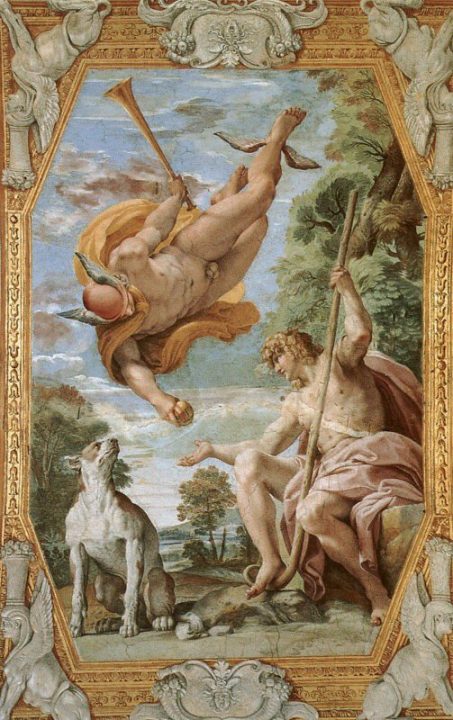
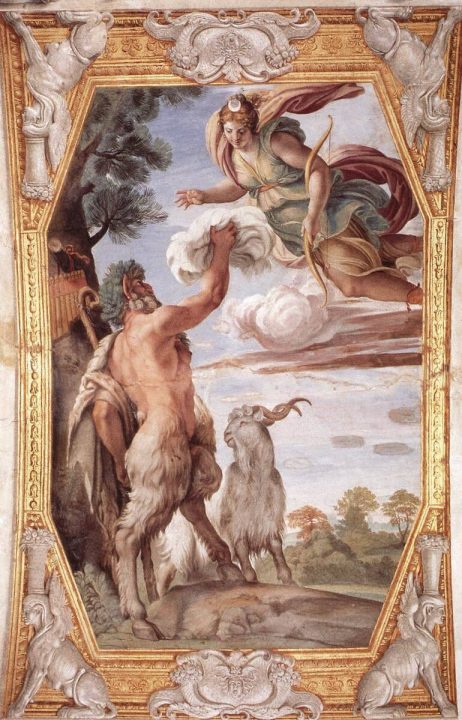
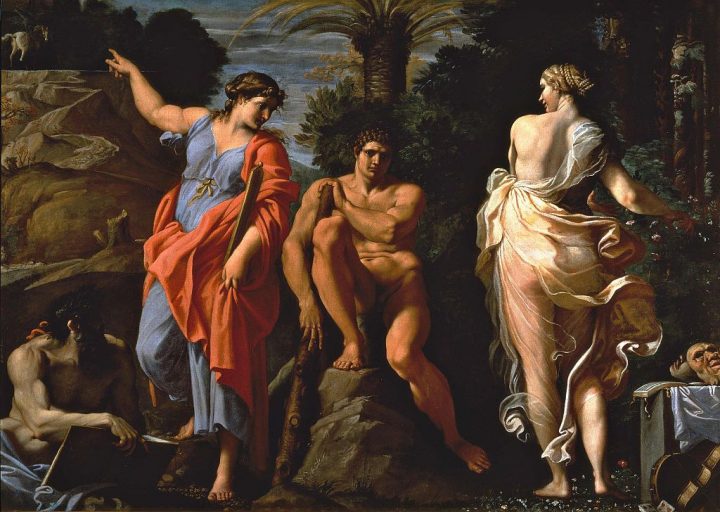

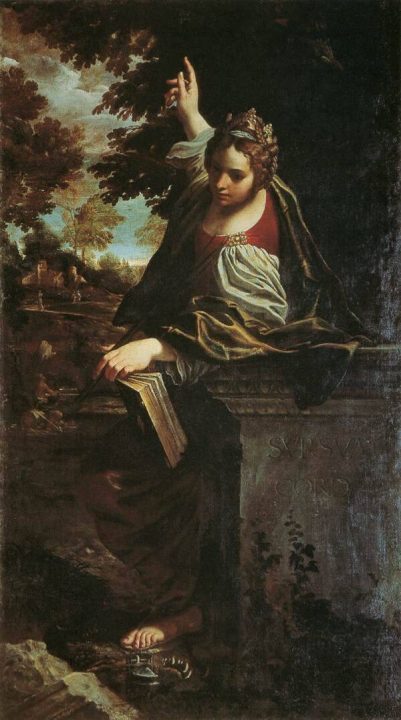




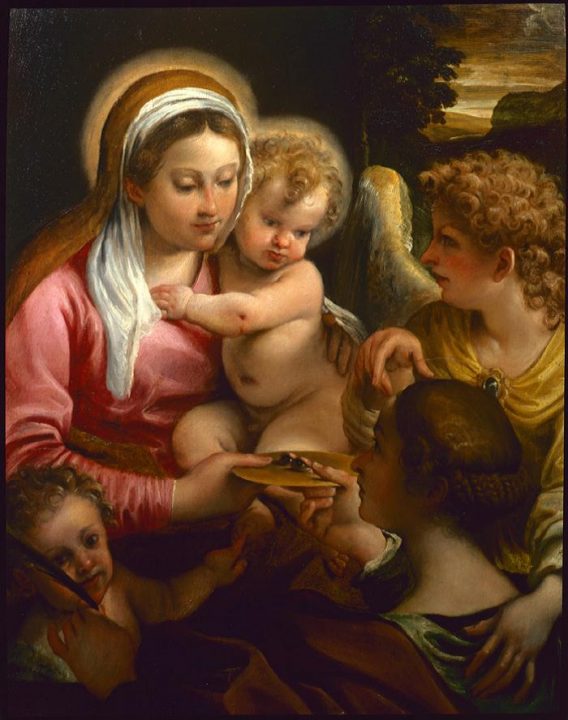
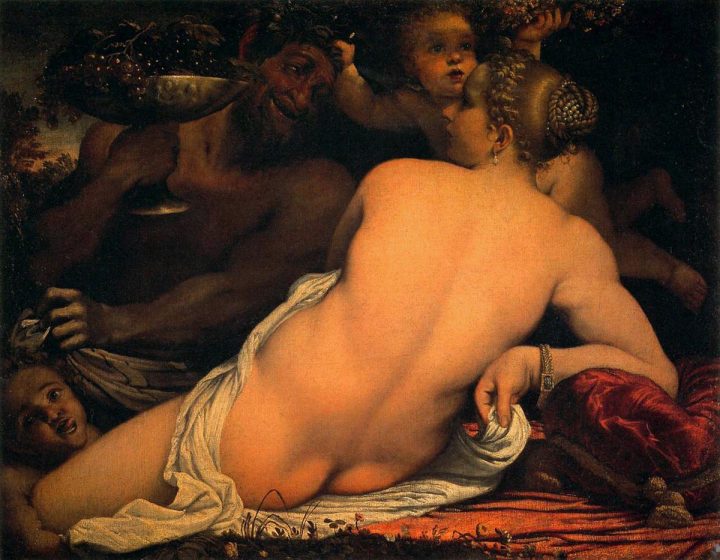
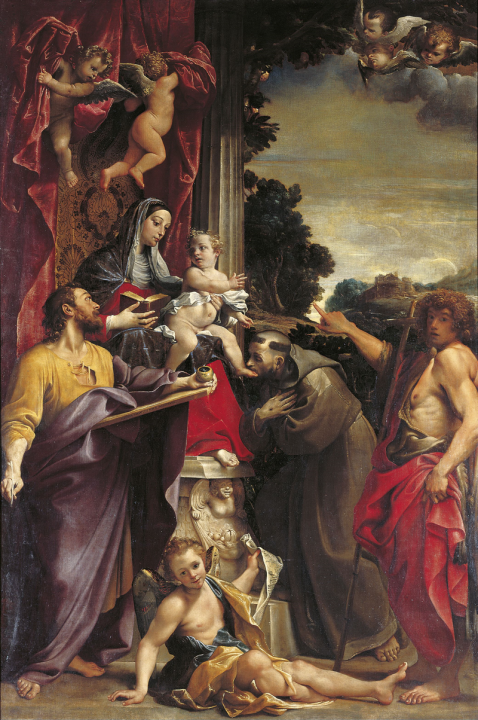
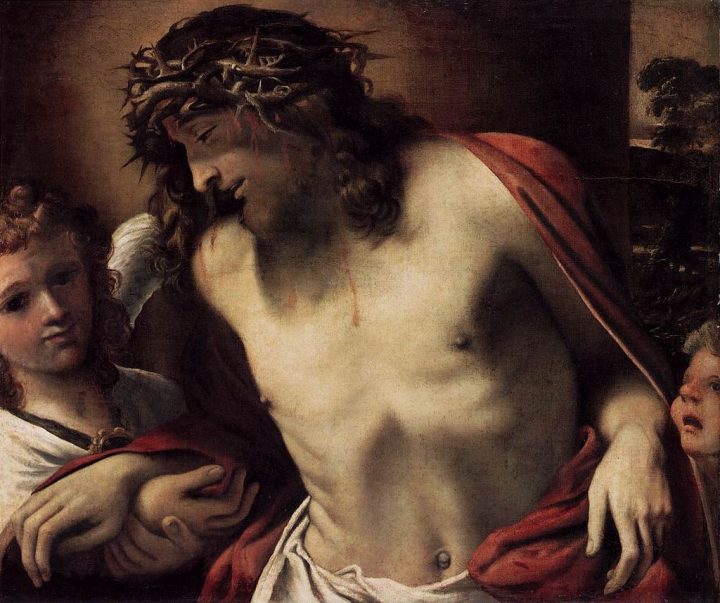
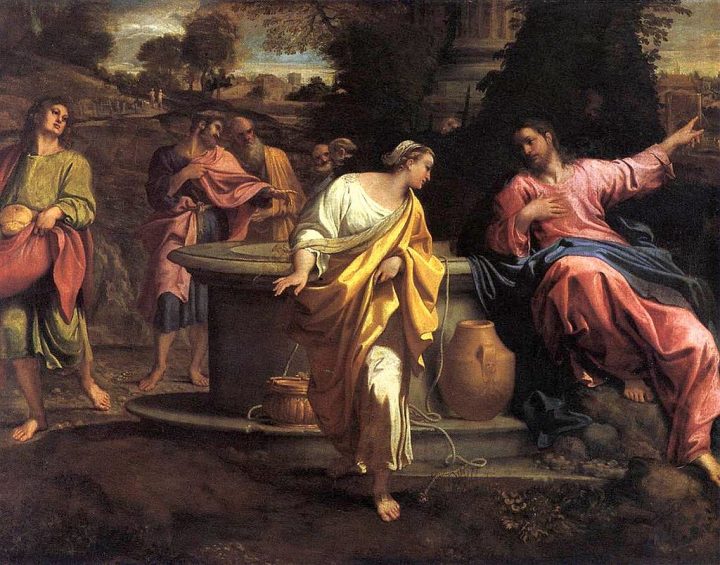


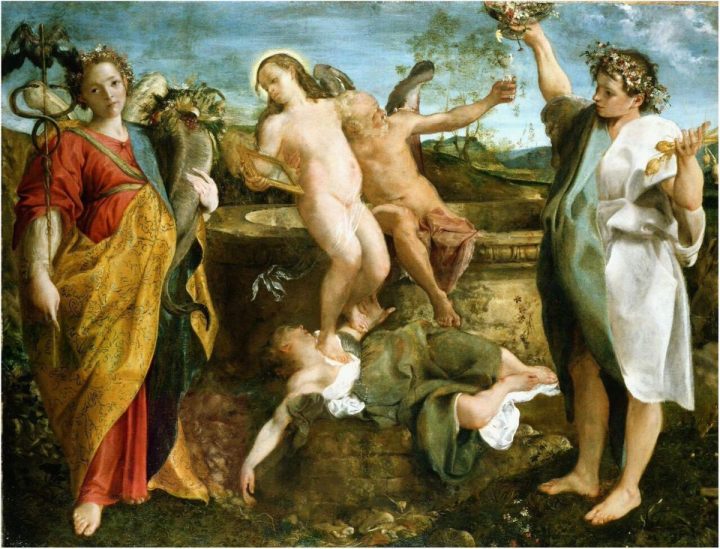

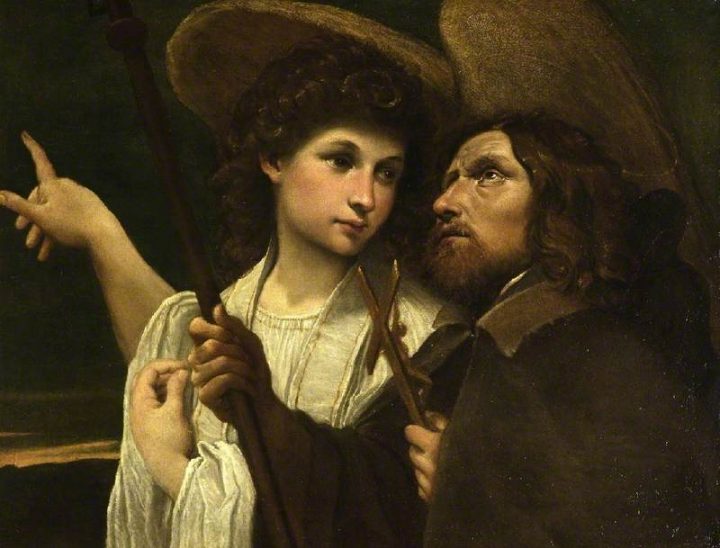


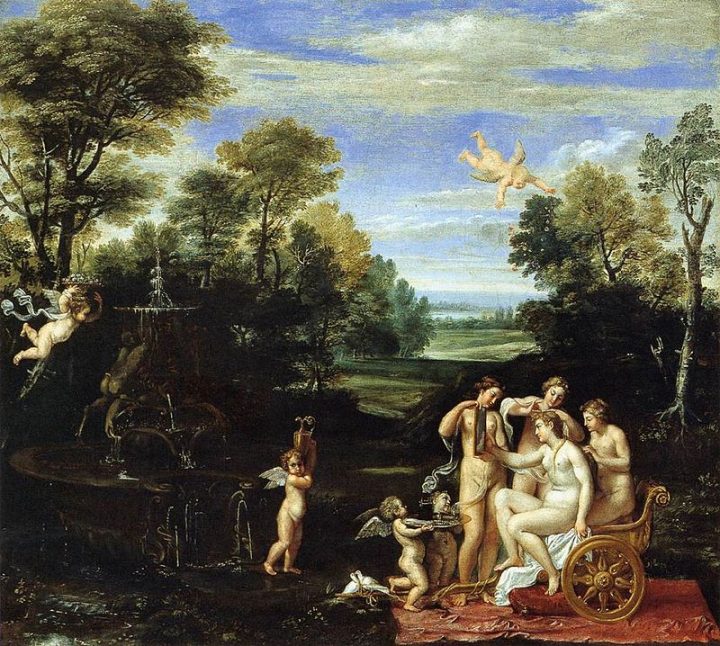


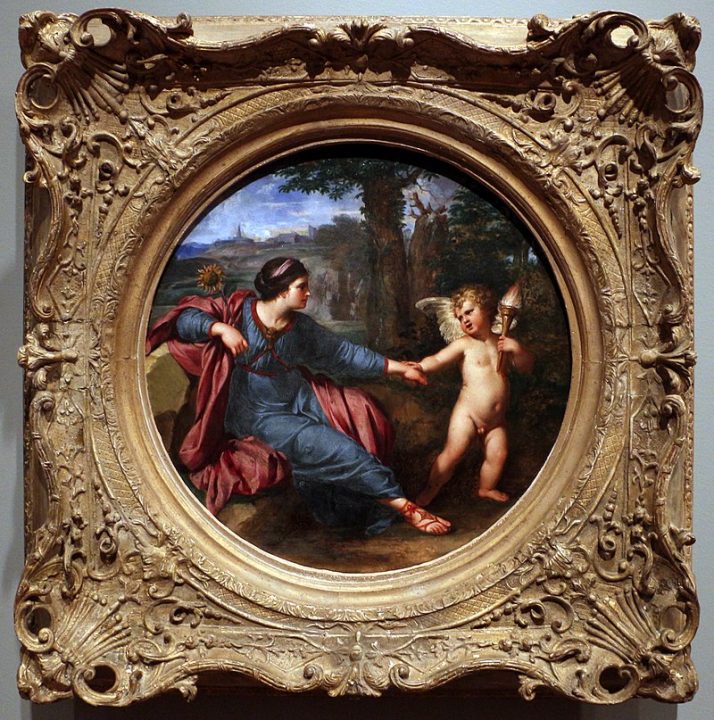

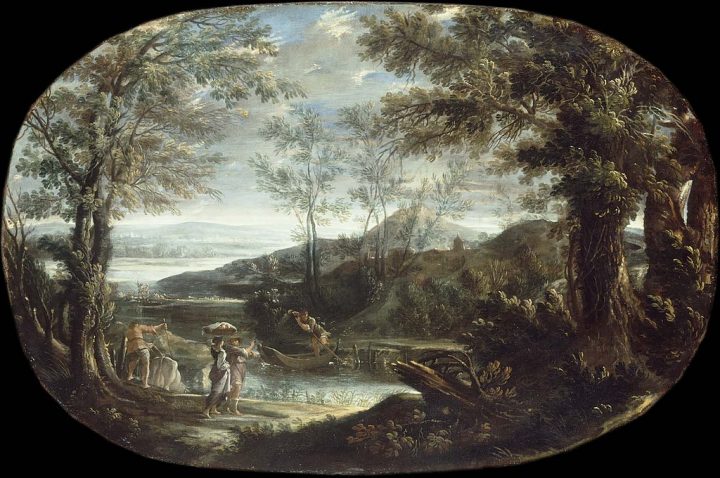

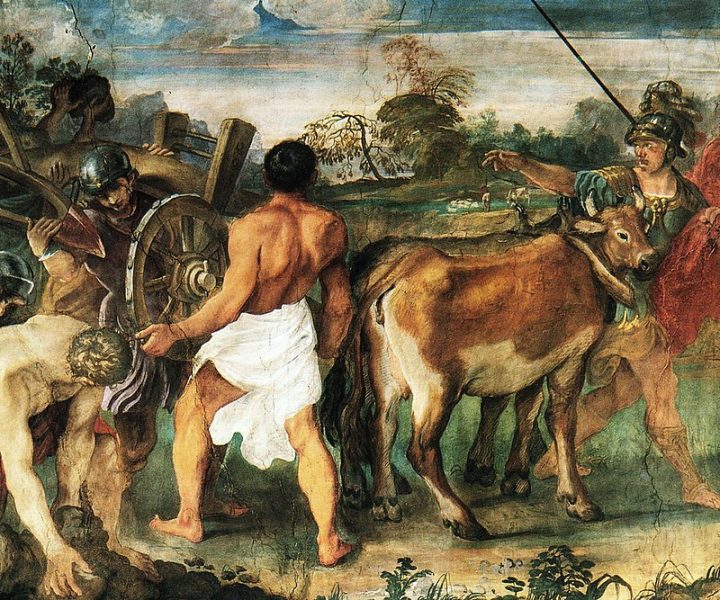

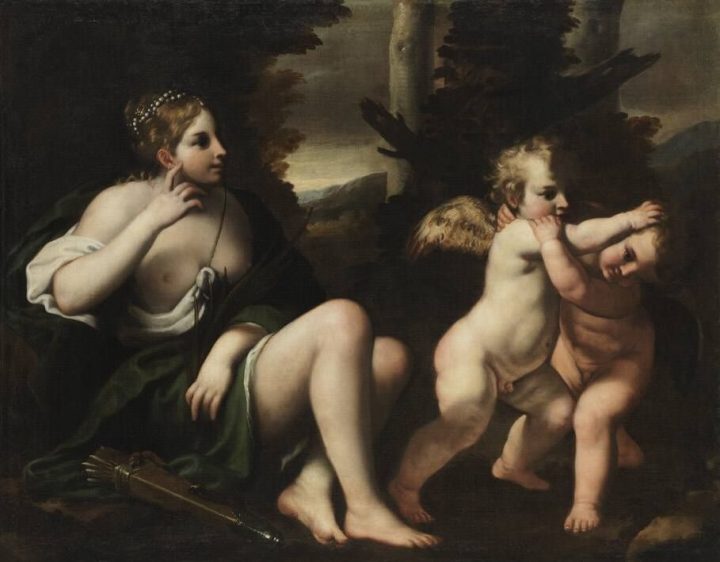

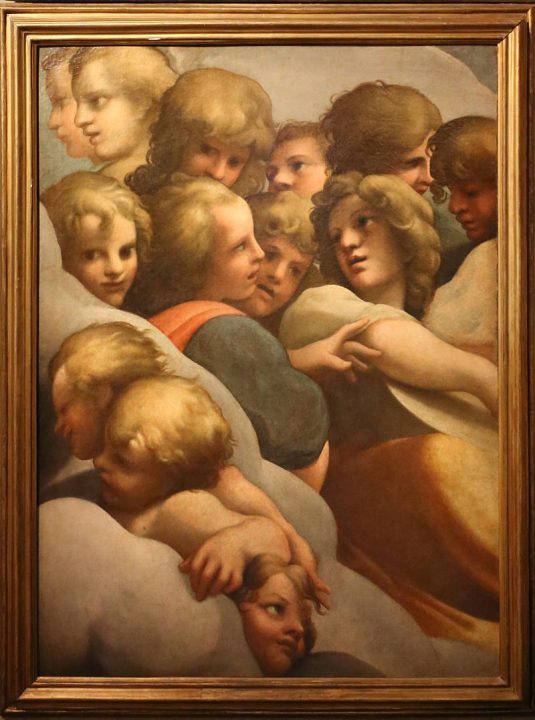

Source Article from http://www.renegadetribune.com/annibale-carraccis-dynamic-paintings-classical-monumentality/
 RSS Feed
RSS Feed















 April 13th, 2018
April 13th, 2018  Awake Goy
Awake Goy  Posted in
Posted in  Tags:
Tags: 













